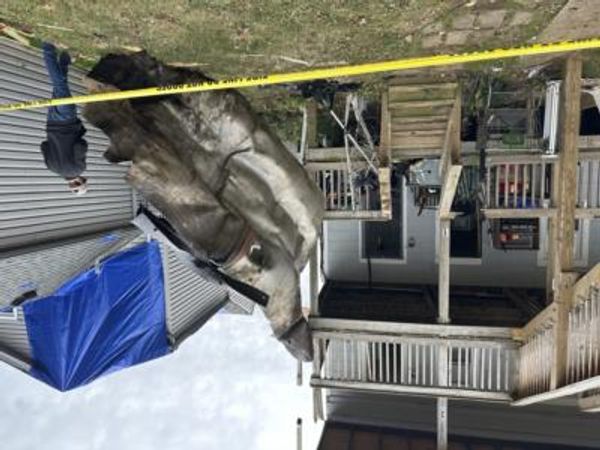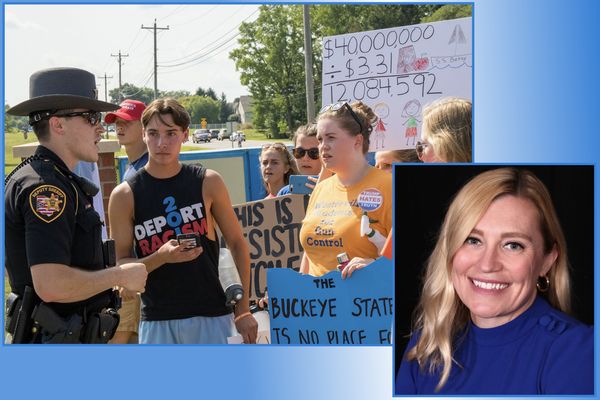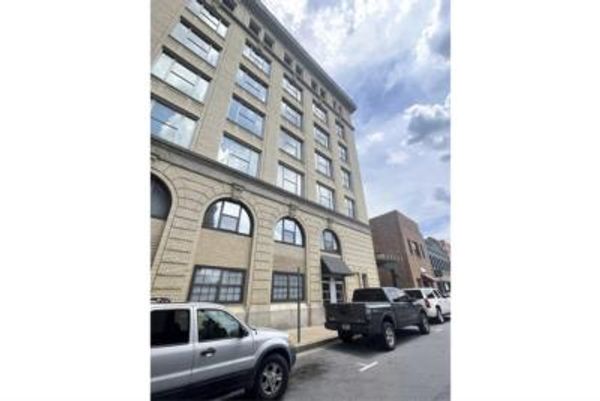
There are four things you can always rely on when it comes to public debate and media coverage of Australia’s annual February 1 political donations data dump.
The first is that News Corporation-controlled outlets will universally downplay or under-report the data, presumably because they don’t want to highlight the influencing by their corporate mates and don’t have an ethical core which focuses on advocating for transparency and best practice governance.
Look no further than the miserable four-paragraph story at the bottom of page 6 in yesterday’s Herald Sun headlined “Pratts’ $1.3m to Libs”. A year’s worth of data and that’s all Australia’s biggest-selling paper can manage!
Secondly, you can be sure that no politician or party official will ever be quoted defending or explaining the torrent of increasingly dark money corrupting our political system. Indeed, journos have seemingly stopped even asking for comment.
This is because elected political leaders always refer campaign finance questions off to party officials, but then no volunteer president or treasurer, or full-time general secretary or state director ever seems to have any authority to comment. It’s a conspiracy of silence, which even the Greens now seem to have joined.
Thirdly, individual donors themselves will run for the hills and won’t be quoted anywhere explaining why they handed over such large sums.
And finally, because the data is so opaque and difficult to analyse and none of the players are prepared to assist in clarifying what it all means, many mistakes will be made in the media reporting.
To illustrate this final point, let’s start with the following line in The Age’s news story which ran at the bottom of page 3 in Melbourne yesterday, without any accompanying table, such as a useful list of the 10 biggest donors:
“…the source of the vast majority of funding going to political parties and campaigners is hidden from the public under existing disclosure laws, with just $17.9 million worth of individual donations declared compared with the almost $177 million received by parties.”
Paying, not saying
Firstly, it isn’t “the vast majority” of party revenue which is dark. And that’s $177 million of total revenue, not just third-party donations.
However, contrast that with last night’s otherwise excellent 7.30 wrap on the data by Inga Ting, where Laura Tingle erroneously claimed in her introduction that:
“The Australian Electoral Commission has released details about hundreds of millions of dollars worth of political donations … revealing who the biggest donors are and which industries tip the most into politics. But a closer look shows much of the money remains shrouded in secrecy.”
Hundreds of millions? That’s at least $200 million, Laura! Even if the AEC had actually released all the donations data rather than contributions above $14,300, it wouldn’t have shown political donations worth anything near $200 million. This is because both donations and overall political party revenue was significantly down in 2020-21, largely because lockdowns made it so difficult to hold events and there were no federal, Victorian or NSW elections.
As for seeking comment from donors, Crikey has approached a few about the data and have a couple of things to report, with more to come in the period ahead.
Firstly, the normally secretive Cormack Foundation, which, as we reported last week, owns an $80 million-plus share portfolio of behalf of the Victorian Liberals, has advised that it made the conscious decision to retain its Endeavour Group shares after last year’s Woolworths demerger.
Several institutional investors with an environmental, social and governance (ESG) bent, such as the AFIC stable of listed investment companies, have sold out of Endeavour in relatively quick time to avoid any association with gambling. John Howard and his fellow Cormack directors clearly don’t have any such qualms about profiting from one of the world’s biggest operators of predatory poker machines.
Secondly, after accusing Nine Entertainment on Twitter yesterday of being politically biased when its 2020-21 AEC return disclosed a $27,500 donation to the federal Liberals and nothing for Labor, a company spokesperson clarified the situation as follows:
The payment to the Australian Business Network was made under previous management when Nine was also a member of the Federal Labor Business Forum. Nine has since implemented a blanket rule against donating to politically-affiliated business networks.
That’s interesting, because the journalistic backlash against Nine after it hosted a $10,000-a-head Liberal Party fundraising dinner at its studios in Willoughby occurred in September 2019, yet the latest AEC returns are for the 2020-21 financial year.
Nine announced Hugh Marks’s departure as CEO in November 2020 after news of his affair with a senior colleague broke and he was gone by March last year. Even though Howard-era treasurer Peter Costello was Nine’s company chair throughout and new CEO Mike Sneesby was a favoured executive of Marks, he is now dismissed breezily as “previous management”.
Still, at least we finished up at the right place, namely that a major media company has acknowledged that it should not be making any political contributions whatsoever. Particularly when the chairman is a partisan like Peter Costello and some of its newspapers still trade on the slogan: “Independent. Always.”







